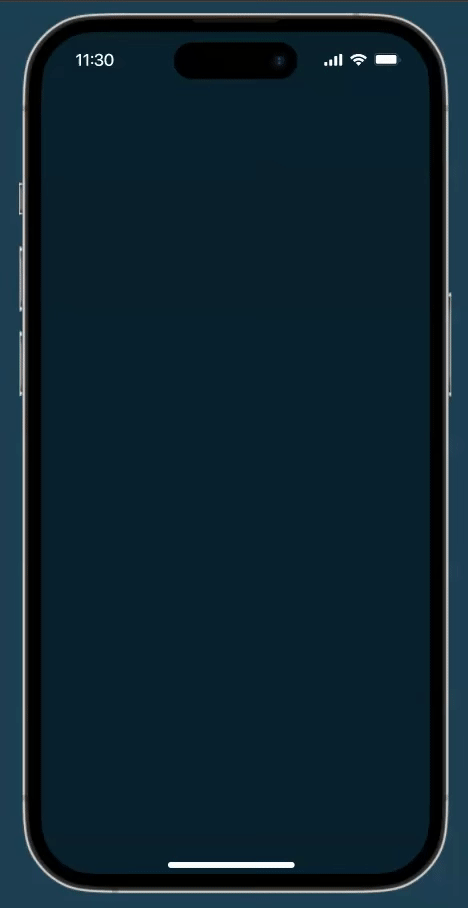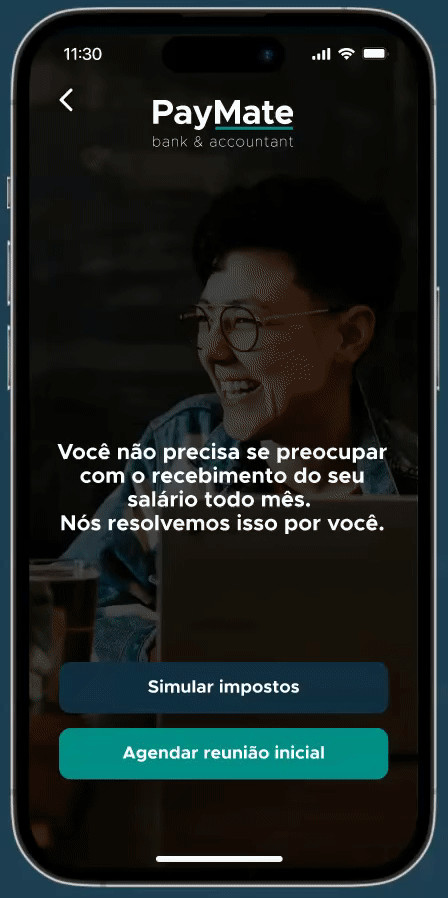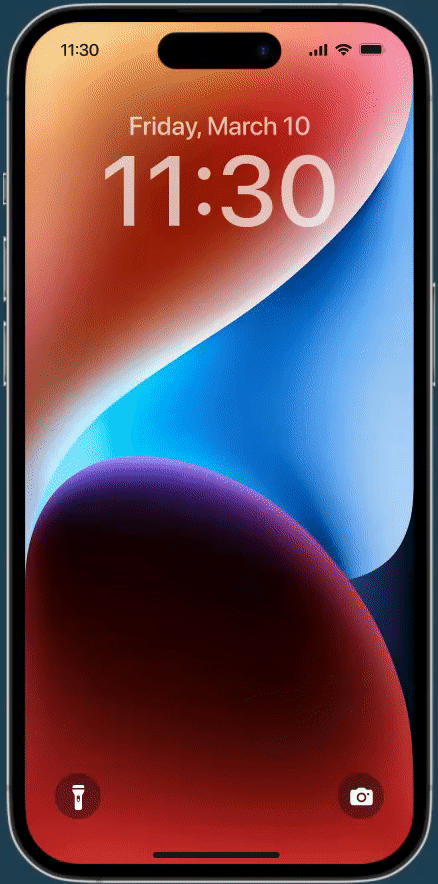

2023
PayMate: Banking and Accounting for people who work abroad
Overview
The number of Brazilians who work remotely for companies abroad has risen significantly since 2020. It brings benefits for employers and employees, but also some difficulties. Based on research, it was found that most employees are hired as contractors. Their main problem is to receive their payment each month and ensure compliance with Brazilian laws.
PayMate is a bank & accountability company that solves that problems. Focused on that segment, it allows users to get paid directly from other countries while having all their paperwork done by specialized professionals.
Sector
Role
Bank and Accountant
Product design, Product Strategy, User Research, Interaction, Visual design, Prototyping & Testing, Information Architecture, User Interfaces
Team
Daniela Teixeira
The scenario
491%
Increase of brazilians working for companies abroad from 2020 to 2022
Source: Husky
84%
IT professionals
R$14.000
or US$ 2.655
Is the average salary
(Much higher than brazilian average)
89%
Get their payment in dollars
52%
Is between 26 and 35 years old
Why is that?
Due to covid, there was an increase in remote work and the Brazilian currency Real depreciated, incentivizing people to work for companies abroad to get better salaries, professional development and flexibility of working from anywhere.
Finding out the problems
What ISN'T the problem
During research with dozens of Brazilians who work for companies abroad, it was asked what the main challenges they face in their day-to-day work routine are. It was surprising to discover that some problems that we would typically assume exist, in fact, do not.
-
Culture: Most people adapted well.
-
Language: Since users already used English in their daily work life, it wasn't a problem. The primary major issue is with people with a very strong accent, but they get used to it after some weeks.
-
Workload: Compared to Brazil, they work fewer hours, and it is not common to ask employees to do overtime regularly, which allows them to enjoy a better work-life balance.
-
Knowledge: Their experience in Brazil is more than enough to work abroad.
-
Time zone: Some people work Brazilian hours and some during European hours. Some people l, like it, and some don't. Overall, that's not a big deal.
-
Exchange: 22% speculate to choose the best day to convert their salaries to Reals.
What IS the problem
It was clear from the research that the main problems are dealing with the finaltials:
-
Accounting information: Search from different sources and have the information in parts.
-
Bureaucracy: There are too many steps to get paid.
-
Government taxes: Insecurity if they are doing everything right with taxes.
-
High fees: Need to pay many fees to receive the payment in a Brazilian account.
-
Fringe benefits: As they are not entitled to the standard labour benefits in Brazil
provided by the employeer, such as health insurance, guarantee funds, and monthly
unemployment payments, they should have to manage these expenses independently but they don't do it.
Users research
I collected quantitative data using an online survey with brazilians who work for companies abroad.
91% live in Brazil
86% receive their salary as a legal person
75% need to open an account with an intermediary to avoid paying so many fees
Users quotations
“It was a lot of bureaucracy to open my company (Legal Person), so the first salary was on my personal account and I had to pay a lot of tax”
“It would have helped a lot if there had been an accounting consultancy to answer questions about the beginning of the cash in process.”
“It feels like the company is doing me a favor by paying my salary considering the amount of work I have to do to earn it.”
“My lack of planning with the lack of labor benefits is keeping me up at night.”


“My accountant has already made mistakes on my income tax twice, and I had to pay extra for that.”

Persona & User Journey
Meet the persona
André Goulart is a software engineer that works for a company in the United States. He loves the flexibility and the salary, but he gets frustrated having to do so many steps each month to receive his payment.
Since the salary doesn't come with fringe benefits, André must pay everything on his own, he created a Legal personal company to pay fewer taxes and hire a cheaper health insurance plan.
He feels insecure about his annual government tax payment because he is now responsible for numerous bureaucratic steps related to accounting and finance, despite having hired an accountant.

User Journey
After mapping the user journey, from when André accepts the company's offer to the point that he generates his invoice every month, he faces many challenges. His early challenges are:
-
Not knowing what the steps are to receive an international payment
-
Trying to find an accountant that has experience with his segment
-
Deciding if he is going to open a company or not
-
Finding out what is the best company choice with fewer taxes for his case
-
Doing it all in time for signing the contract and getting his first payment
Those are all items users face when they start to work for a company abroad. Beyond that, every month, there's a long journey to get their payment done. Everyone that is a legal person must have an accountant in Brazil, but most steps aren't on their scope, so the user must do it alone. You can take a look at André's journey every month when he gets his payment:

Benchmarking
Competitor Analysis
I analyzed the companies that users use today to receive their payments and none of them solve all the problems they have.

Problem Statement
Problem statement
As a Brazilian working for a company abroad, the bureaucracy is confusing, it takes a lot of specialized assistance and effort to collect the payment every month.
How might we facilitate the process of receiving international payments and reduce fees?
Ideation
Brainstorming
The ideation started with brainstorming techniques, such as worst ideas, round robin, dot voting and then writing the best story and merging the ideas.
Specialists Interview
Since this is a very complex field, I had to do much research to understand it better. Talking to specialists was essential to create the product. I interviewed accountants that have clients who work for companies abroad, and they explained the documents and taxes needed.
I asked the accountant, "Why can't you solve all paperwork for your client? He just has to be aware of what you're doing. It would help a lot of the users." That's when I discovered a segment that was essential to add to my product:
Finance BPO (Business Process Outsourcing)
It is basically a professional that handles all the finance and accountant paperwork for companies, almost like a financial team.
Finance BPO
The professional takes care of the following:
-
Control of accounts payable and receivable
-
Scheduling payments
-
Issuance of invoices and collections
-
Identification, validation and digital storage of documents
-
Bank reconciliation
-
Preparation of cash flow and other financial statements
-
Analysis of management information and indicators
An individual working abroad is not big enough to have their own financial team, but a professional can take care of many small companies simultaneously. Just like the accountant. It allows the user to stay secure about their paperwork while spending less time to do so.
Feature Prioritization
To start the MVP is important to prioritize the main features and create a product that solve them. Based on that, the main features are:
-
Tax Simulator
-
Company opening
-
Online accountant
-
Finance BPO
-
Corporate Account
-
Directly cash in foreign currency without an intermediary
The product vision
A bank that offers legal entities accounts capable of receiving international payments with convenient accounting services
Business Model
Differentiators
-
Finance management (Finance BPO)
-
Zero fees for receiving from abroad
-
Zero spread on exchange
Monetization
-
Accounting service subscription
-
Commission on the sale of third-party services (E.g.: health insurance plan in the future)
-
Revenue under the daily balance of accounts
Wireframes & Testing
Site map
The site map shows the main functionalities and how it is organized on the app. There are three main sections: the bank account, the accounting and the profile.

User Journey
with PayMate
With PayMate the new user journey is simplified.

Mid-fi Wireframe & Concept testing
After creating the lo-fi and mid-fi wireframes, it was time to do concept testing with users and specialists. It was possible to focus on the content of the app, improving the information architecture and prioritization.
Below are the 5 stages of evolution in only one of the screens: Accounting.

All the mid-fi wireframes together. Each screen had their own evolution to the next fase of hi-fi prototype.

The visual
Moodboard
The moodboard sintethize the mood & feel: Flexibility of working from anywhere, payment in dollars and bureaucracy of paperwork.

The brand
The name Pay + Mate wants to give the impression that it is focused on payment, and there is a person that helps the user with that: the specialist.

Style Tile
The colours blue and green give a trustful and mature spect for the brand needed for a banking and accountant system.

Prototype & Usability tests
User tests
After developing the high-fidelity prototype of the MVP, usability testing was
conducted with users, who provided valuable feedback. Some of the key insights were:
1. They took a long time to understand what exactly the app was about
Solution: It was created a better onboarding explaining the main features of the app
2. There were too many things on the MVP (legal person and personal account)
Solution: I simplified the app, deleting the personal account and personal accountability, focusing on the central problem - the legal person account.
3. Some screens weren't clear enough with the technical content
Solution: Friendlier explanations about the technical content were added.
Webpage
The product is mobile-first, but there is a landing page to explain the product and a CTA to download the app.



Onboarding
The first moment the user downloads the app and go through the onboarding process.
Taxes simulator & Meeting Scheduling
The tax simulator gives the user a first idea of options before even talking to the specialist.
The users can schedule their first meeting with the specialist to clarify basic doubts and be sure of the value provided by PayMate before opening the account.


Pending Approval
Scenario:
The user already uses PayMate, and the specialist prepares all paperwork and sends the approval.
The user gets notified and needs to put the password to approve the payment.
The document is going to be stored inside the app, and the user doesn't need to worry about that.
The app
Scenario: The main screens of the app. Going through the menu buttons: Account, Accountability and Profile.

If you would like to try out the prototype for yourself, please feel free to access the Figma file here:
Next steps
The following improvements and features to grow the app would be:
-
Financial suggestions
-
Partnership with companies (e.g. health insurance providers)
-
Individual account
-
Personal Accounting
-
Multicurrency account
-
Investments

Thanks for reading!
